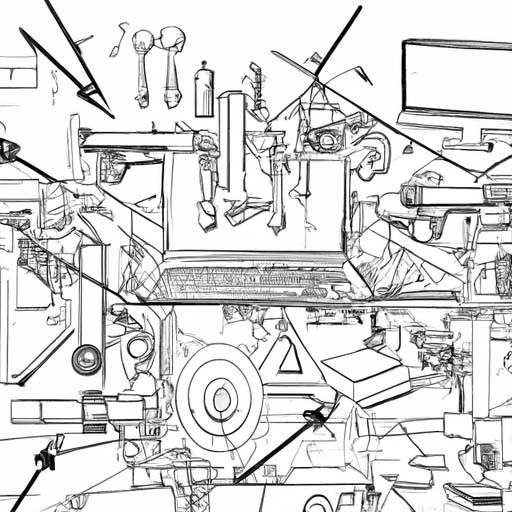TLDR:
- The USDA has developed technology to reduce pathogens in shell eggs
- The new thermal technology uses Radio Frequency (R.F.) technology to reduce Salmonella bacteria by 99.999% within 24 minutes
The USDA has developed a new technology to reduce pathogens in shell eggs, specifically targeting the Salmonella bacteria that can cause illness and outbreaks. This advancement is crucial, as the Centers for Disease Control and Prevention estimate that Salmonella causes millions of illnesses, hospitalizations, and deaths every year in the United States. While pasteurizing eggs can help, less than 3% of commercial shell eggs are pasteurized in the country, primarily due to the long processing time required.
Researchers at the Agricultural Research Service’s Eastern Regional Research Center in Pennsylvania have developed a novel thermal technology that utilizes Radio Frequency (R.F.) technology. This technique heats up the liquid in eggs quickly, aligning with the electric field of the instrument to reduce Salmonella bacteria by 99.999% within just 24 minutes. The treated eggs were then refrigerated to simulate commercial cold chain temperatures, with no intact Salmonella or sub-lethal Salmonella cell remnants recovered. The egg quality was also preserved through this processing.
This technology not only helps to reduce pathogens in shell eggs but also has additional advantages with no negative impact on quality. With Americans consuming billions of eggs each year, this advancement is promising for small farmers and ensuring food safety while minimizing the risk of Salmonella contamination.
